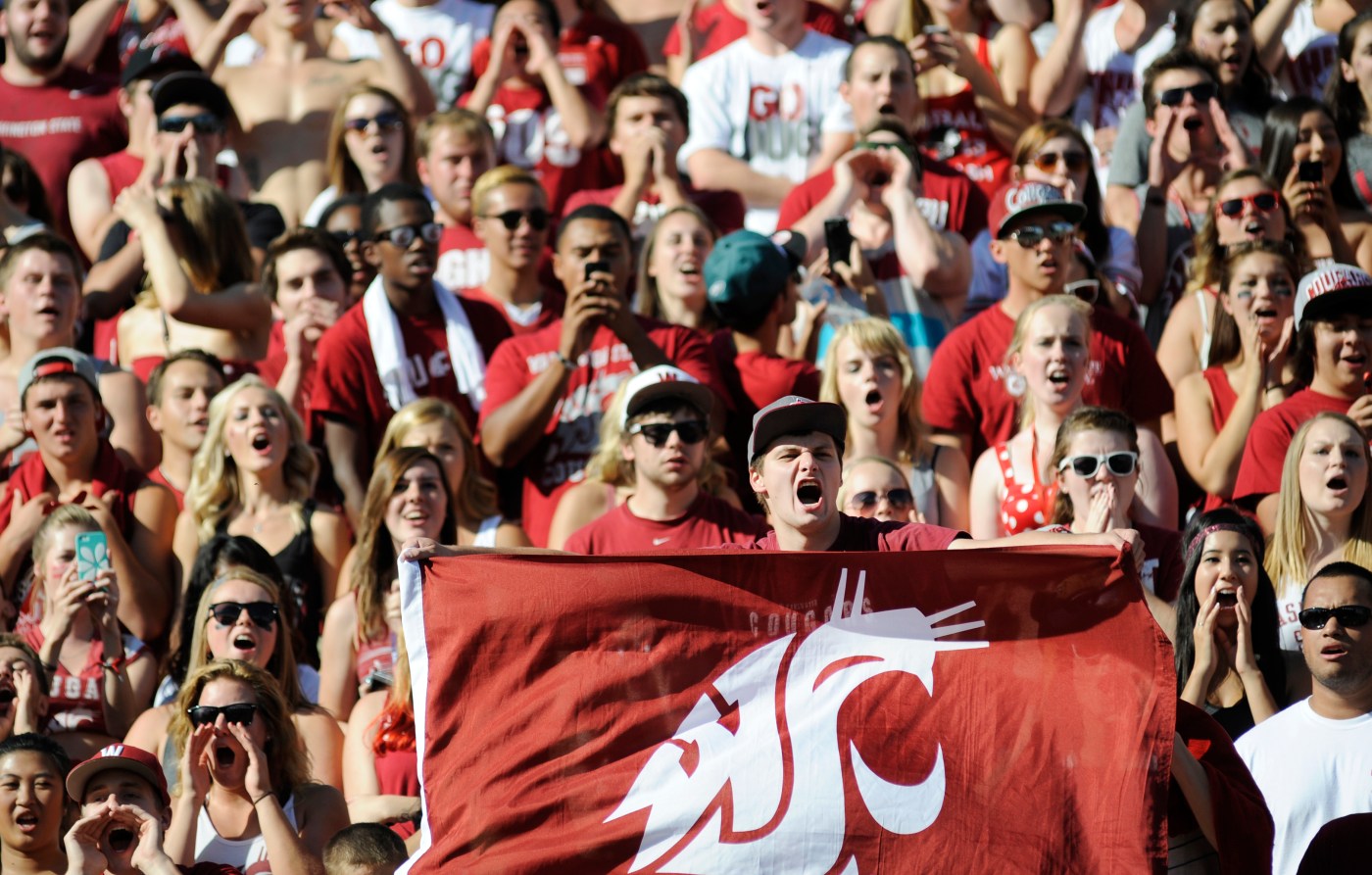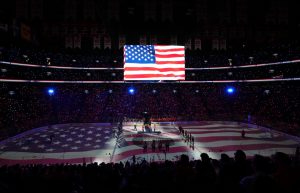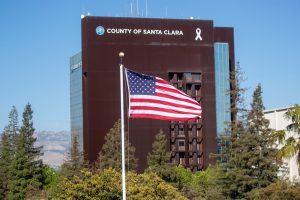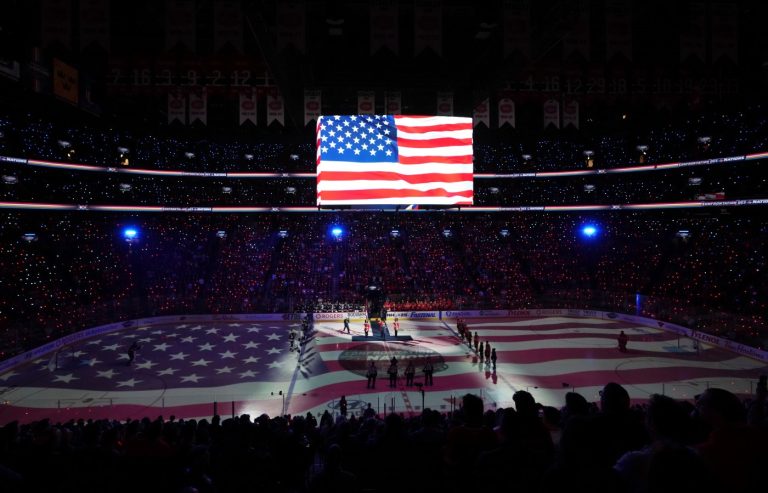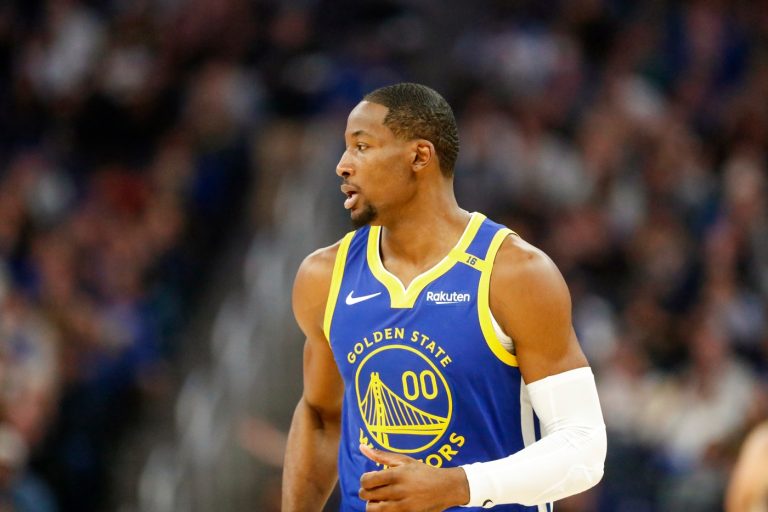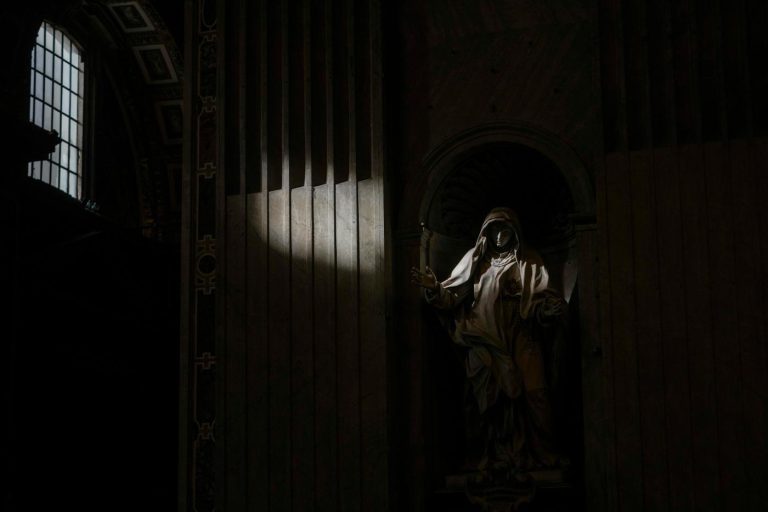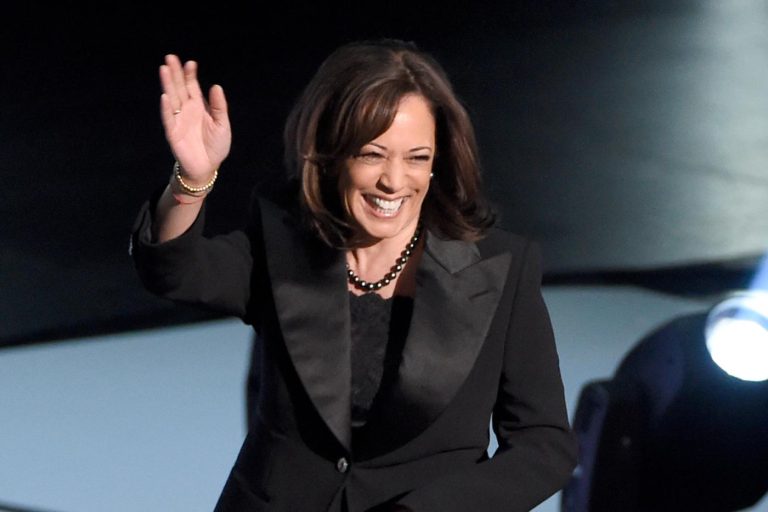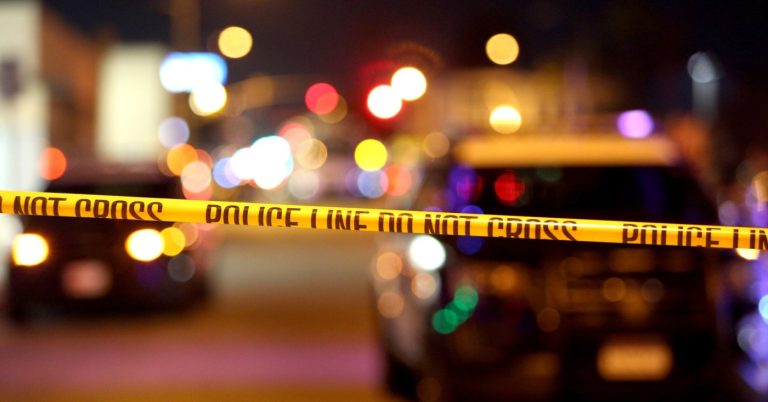The Hotline mailbag publishes weekly. Send questions to pac12hotline@bayareanewsgroup.com and include ‘mailbag’ in the subject line. Or hit me on Twitter/X: @WilnerHotline.
Please note: Some questions have been edited for clarity and brevity.
The Pac-12 must reorganize before it turns into a pumpkin in the summer 2026. To do this, it probably needs to set the membership by the summer of 2025. This could be difficult with all the realignment turbulence now. What if Washington State and Oregon State tried to get an extension on the deadline? — Dave Bakken
With regard to the timeline, yes: The ‘Pac-2’ schools have roughly one year to execute their strategy in order to rebuild the conference by the summer of 2026, when their two-year grace period expires.
Membership changes take at least nine months, and usually 12-15, because of the legal and financial components.
If the Cougars and Beavers plan to poach the Mountain West — or execute a reverse merger with the MW, or invite teams from other leagues — they must have firm plans by next spring.
But they might not have full clarity on realignment at that point, especially as it pertains to the ACC’s turbulence.
What you term “an extension,” the Hotline sees as a waiver. And we have been pondering that idea for months — to the point that we asked the NCAA for clarity on the process.
If WSU and OSU believe flexibility is paramount and determine that buying time is the proper tact, could they seek a waiver to extend the two-year grace period?
After all, the NCAA landscape has shifted dramatically in the nine months since Cal and Stanford agreed to join the ACC and the ‘Pac-2’ became a reality.
Several months ago, we posed the following question to an NCAA spokesperson (via email):
“If the schools wanted to get the legislated two-year grace period extended to a third year, would that require a waiver? Which NCAA body/committee would handle something like that?”
The NCAA’s response:
“Generally, the Division I Board of Directors (made up of representatives from other Division I schools) would have the ultimate say on membership status and related issues, including an extension of a grace period.”
Would the D-1 board agree to a waiver? The Hotline has no desire to guess along with the NCAA on any issues.
Nor are we convinced that extending this purgatory period is the optimal move for WSU and OSU. The longer they are adrift as a two-team conference, the greater the risk of irrelevance.
Put another way: Let’s reassess after the football season.
The Cougars and Beavers will have plenty of eyeballs on them this fall, thanks to a heavy load of games on broadcast television and the unprecedented nature of their predicament.
If they win regularly — if they break into the national rankings and produce an upset or two and become bowl eligible — plenty of attention will follow. They would be part of the national narrative.
But if they struggle on the field, the ‘Pac-2’ schools will quickly lose traction.
Any loss of traction in the fall of 2024 will make a return to relevance extremely difficult. Extending the NCAA’s grace period to a third or fourth year in that environment would be counterproductive.
Everything depends on their performance this fall. Before they pursue a waiver and extend their purgatory, the Cougars and Beavers need to win.
What are the pros and cons of private equity in collegiate athletics? And what are your thoughts on the Big 12 rumblings about a private equity deal? — @kmasterman
We have several thoughts on the CBS Sports report that the Big 12 is pursuing a private equity deal that would trade a 15-to-20 percent ownership stake in the conference for approximately $1 billion.
A Hotline column on that very topic will be published early next week.
But one point is worthy of mention here and now: The success of any equity deal would hinge on the schools making smart use of the cash infusion.
Major college athletic departments aren’t exactly known for fiscal efficiency. The nature of their ecosystem, with the endless pursuit of recruits and so many money-losing sports, results in expenses outpacing revenue.
In some cases, expenses far exceed revenue.
(Arizona and Arizona State are two prime examples. Remove direct cash transfers and loans from central campus, and the two athletic departments produced an operating deficit of $87.2 million in the 2023 fiscal year.)
If the schools better manage their expenses, a private equity deal could prove beneficial and allow them to maximize the cash for competitive purposes.
If they mismanage the budgets, the parameters of an equity deal could be disastrous.
What would be the benefit and the likelihood for the Big Ten to add Stanford and Cal, should the ACC crumble? — @CelestialMosh
The benefits are clear, especially from the perspective of the Big Ten presidents.
Cal and Stanford are elite academic schools with well-connected alumni networks, deep donor bases (especially Stanford), vital ties to Big Tech and fabulous Olympic sports. Plus, there are tens of thousands of Big Ten alumni in the Bay Area.
But convincing the Big Ten presidents of their institutional worth is less than half the challenge for Cal and Stanford.
They must convince Fox executives of their media value, because none of the Big Ten presidents will approve membership for Cal and Stanford if expansion means the loss of a single dollar in media rights distributions.
Fox would have to fund the move, and Fox didn’t believe the Bears and Cardinal were worthwhile last summer.
Could that change in future years? Sure, and we believe the new Stanford president (Jonathan Levin) and Cal chancellor (Richard Lyons) should start lobbying Fox immediately in case the ACC collapses.
In that situation, the Bay Area schools would have a reasonable chance — maybe 30 percent, perhaps 40 percent — to gain entry into the Big Ten.
With the NFL’s “intentional creep,” wouldn’t it be better in the long term to preserve the College Football Playoff, especially since college is the feeder system? — @crashlit
The Hotline has addressed the threat posed to college football by the NFL on two occasions recently, and we have no plans to stop.
In our view, the NFL’s “intentional creep” — a phrase coined by retired Fox Sports president Bob Thompson — stands as an existential threat to college football’s postseason.
Which means it’s an existential threat to college football itself.
With the House vs. NCAA settlement, is it safe to assume most athletic departments must eliminate a few non-revenue sports in order to come near to a balanced budget? — @TerryTerry79
If we presume that Judge Claudia Wilken approves the terms of the House settlement that have become public — specifically, the $20 million (approximately) revenue-sharing arrangement with athletes — then it’s difficult to see all FBS schools maintaining the current scope of their athletic departments.
Of course, the FBS includes both Florida State and Florida Atlantic, Oklahoma and Ohio.
Schools in the power conferences might dodge the Olympic sports hangman. We aren’t fully convinced, but it’s possible everything will remain intact.
(The blowback that comes with eliminating teams could be ferocious, depending on the school and the sport.)
The Group of Five athletic departments have a more precarious position, but they also will face less pressure to meet the maximum revenue sharing amount.
The big unknown, of course, is Title IX. And that issue is for the courts to decide.
Despite multiple leadership changes in multiple areas, the Pac-12 continued to have very serious management and performance issues. Do you think the Pac-12 was “unfixable” and had to be destroyed? — @Jalex0077
I’m not sure “had to be destroyed” is the right phrasing, even if you presumed the conference was doomed as soon as USC and UCLA announced their departures on June 30, 2022.
The Hotline believes it could have been salvaged — but only with the right leadership.
Former-commissioner George Kliavkoff was ill-equipped for the task, especially with a group of presidents who oozed ignorance and arrogance in equal amounts and with two schools (Oregon and Washington) that were threats to bolt for the Big Ten.
As we noted last fall, the death of the Pac-12 unfolded over many years and required numerous strategic blunders. Each school, save Washington State and Oregon State, has fingerprints on the weapon.
Will any West Coast media members be traveling with the realigned teams to games on the East Coast? Or is on-location coverage another loss? — @KevinGH158627
We can’t speak for other reporters or media outlets. but my strong suspicion is that some outlets will make every trip, most outlets will make some trips, and a few will rarely make any trips.
How’s that for a concrete answer?
Related Articles
Analyzing the value of the ‘Allstate 12’ conference (if the Big 12 makes a giant leap with naming rights deal)
CFB recruiting: Cal lands two-way star as WSU grabs three prospects
Expanded CFP spans three holidays and faces stiff competition from NFL
Julio Frenk named UCLA chancellor: What it means for Bruin athletics
Why the late, great Mike Leach will never be inducted into the College Football Hall of Fame (unless an exception is made)
Basically, it depends on the magnitude of the matchup and the quality of the opponent.
(We are equally curious about the number of West Coast fans who travel into Big Ten, Big 12 or ACC territory for matchups against middle- and lower-level conference opponents.)
The Hotline will continue with our current approach, which means targeted on-location coverage of both on- and off-the-field events (i.e., conventions and meetings) that have the broadest appeal and the deepest significance.
With football media days coming in July, what do you see the ‘Pac 2’ schools doing? Could the Mountain West invite them as special guests? — @cubsfan7331
I can answer that question definitively, because the Pac-12 revealed its plans this morning.
Instead of a traditional midsummer media event, the conference will host what it has dubbed “After Hours with the Beavs and Cougs, presented by the Pac-12.”
The event is set for Las Vegas on the evening of July 10 and coincides with the Big 12 and Mountain West media events in Sin City that week.
The Big 12 version is July 9-10, while the Mountain West is scheduled for July 10-11.
Washington State and Oregon State coaches (and players) will gather with assembled media members, and with Pac-12 commissioner Teresa Gould, at the Bellagio on the evening of the 10th.
The plan strikes us as appropriate in both timing and scope.
*** Send suggestions, comments and tips (confidentiality guaranteed) to pac12hotline@bayareanewsgroup.com or call 408-920-5716
*** Follow me on Twitter/X: @WilnerHotline
*** Pac-12 Hotline is not endorsed or sponsored by the Pac-12 Conference, and the views expressed herein do not necessarily reflect the views of the Conference.
